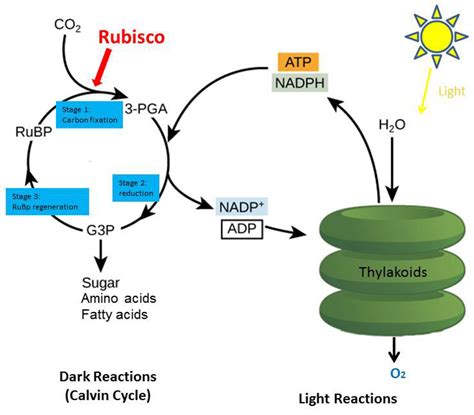The Role Of Gas Fees In Ethereum Transactions
Influence of gas fees on Ethereum transactions: Understanding the role
Crypto currencies, such as Bitcoin and Ethereum, revolutionized the way we think about money and transactions. With a wide range of decentralized applications built on top of blockchain technology, the potential for the crypto currency disrupt traditional financial systems is huge. One critical aspect that affects the effectiveness and scalability of these transactions are gas fees.
What are the gas fees?
Gas fees are basically a price that users pay for “confirmation” of transactions to Ethereum blockchain. These fees are formed by nodes (computers) in the Ethereum network, which act as intermediaries between users who want to send funds. The nodes check the transactions and emit them to the entire network, adding the gas to the transaction. If the total amount of gas is required too high, the transaction is denied.
Influence of gas fees on Ethereum transactions
Gas fees have a significant impact on Ethereum transactions, especially for smaller transactions (less than 1 ether). Here are some key effects:
* Reduced transaction speed : Higher gas fees can lead to a slower time of transaction processing, which makes it more challenging rapid movement of funds. This is because the network has to wait for the nodes to validate and emit transactions, which takes time.
* Increased transaction costs : gas fees can be exaggerated, especially for smaller transactions. As a result, users can decide from the use of Ethereum or take alternative payment methods, such as lightning network or traditional credit card network.
* Reduced adoption : Larger gas fees can distract users from participating in Echereum ecosystem, especially those with a limited technical expertise. This can lead to reduced adoption and reduced transaction volume.
* Impact on scalability : Gas fees are significantly a clutch scalability. As more users join the network, the demand for gas increases, leading to higher fees and slower transactions processing time.
Consequences of multiple gas fees
Larger gas fees have far -reaching consequences:
* Reduced accessibility : Higher gas fees make it less available for people with limited financial means or technical expertise.
* Reduced adoption : Increased costs can lead to reduced acceptance, reduced user base and reduction of the total value of the Ethereum.
* Economic instability : Higher gas fees can create economic instability by increasing the cost of transactions, leading to reduced consumption.
Gas fees
To alleviate the impact of larger gas fees on Ethereum transactions:
- Optimize transactions : users can reduce the gas amount required for smaller transactions.
- Pay new payment methods : Alternative payment methods such as lightning network or traditional credit card network may be more affordable and more profitable.
- Improve the transaction speed

: developers can explore ways to optimize the transaction speed, such as using more effective consensus algorithms or smart contracting platforms.
Conclusion
Gas fees are a critical aspect of the Ethereum transaction, which affect the efficiency, scalability and adoption of ecosystems. Understanding the impact of gas fees on customers and research on the solution to mitigate their effects, developers can work to create a more inclusive and more affordable CRIPTO currency platform for everyone.

Bir cevap yazın